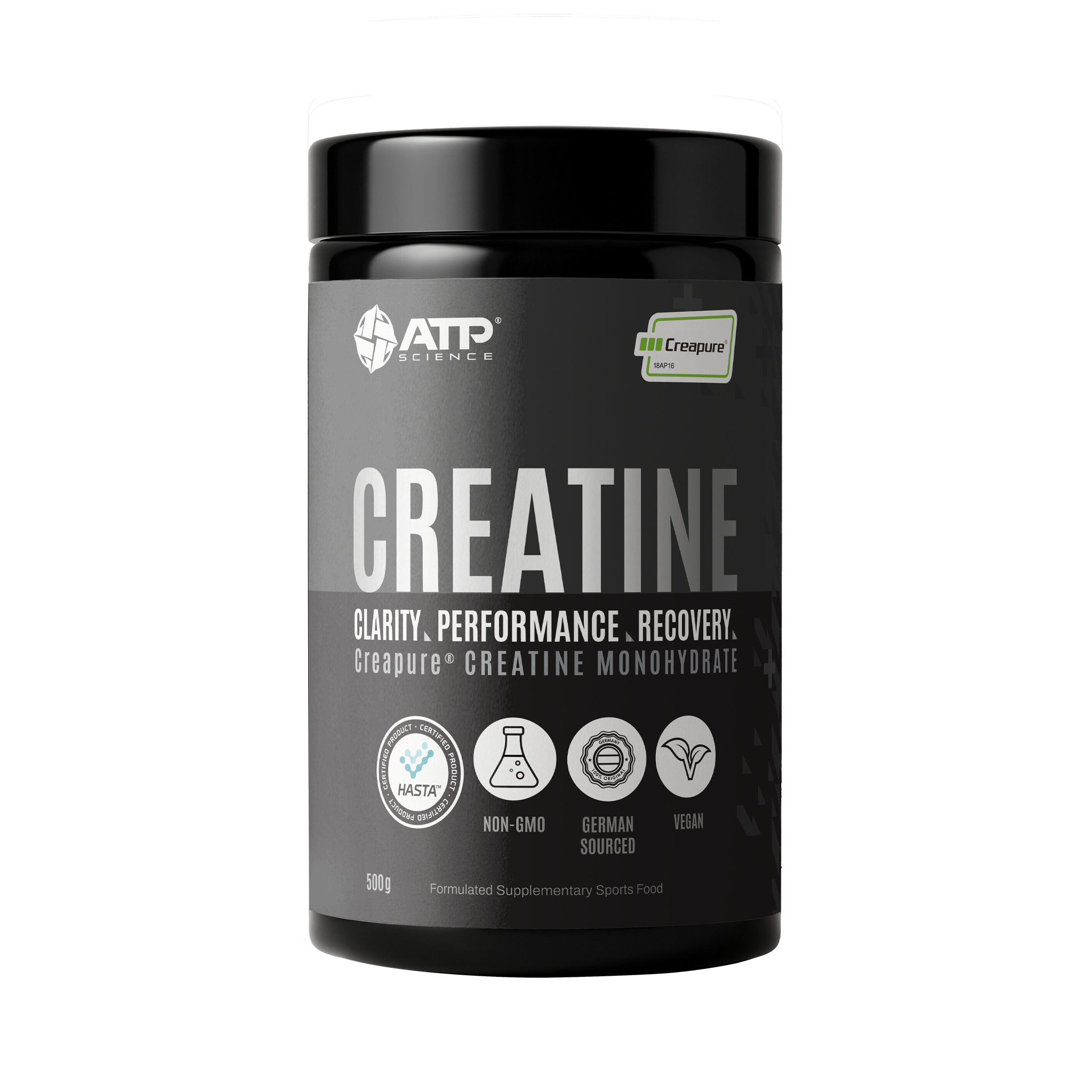Testosterone decline - What makes testosterone so important for our life span, and why does it decline? Testosterone is a critical hormone in both men and women, although predominantly higher in men; women benefit from healthy levels of testosterone in the body too. Find our podcast episode on menopause for more info regarding testosterone in women.
Testosterone Physiology - Through the Ages
Testosterone, as we know, is the primary male hormone, responsible for the production of typical male sex type characteristics that are present from week 7 in the womb. From this stage, the testosterone developed in the testis goes on to be converted to Dihydrotestosterone (DHT) to develop the prostate and the external genitalia.
From here we see more of the obvious male sex traits develop into puberty and beyond:
- Male hair growth patterns.
- Deepening of the voice.
- Muscle density.
- Acne – not always, but common, during puberty.
Entering the stages of puberty - the hypothalamic-pituitary-gonadal axis (HPGA) plays a crucial role in regulating surging testosterone levels and gonadal function. The hypothalamus is like a telephone line operator that connects the caller to the person receiving the call; it constantly receives signals from all sensory information literally 24/7.
From here, it sorts the information and relays the correct action required. In the instance of testosterone production, the hypothalamus secretes what is called gonadotropin-releasing hormone (GnRH), this gets directed to the anterior pituitary gland which then secrets luteinizing hormone (LH) and Follicle-stimulating hormone (FSH). These two latter hormones are gonadotropic, meaning that they are transported via the blood and act only on specifically targeted receptors on the Leydig cells of the gonads in males to produce testosterone.
Testosterone peaks around age 20 for men and then 'total' testosterone steadily declines at a rate of 1.6% per year on average, while free testosterone declines more at a rate of 2-3% per year. These levels reduce quicker due to age increasing higher levels of sex hormone-binding globulin, increasing bound and lowering free testosterone. 20% of men ages 60 years and over have estimated testosterone below the normal range.
Testosterone Communication in the Body
The body is a very efficient machine, it works constantly through reporting and feedback to maintain balance. The same is said for the production of testosterone, this is built into what is known as a ‘negative feedback loop; meaning that testosterone can limit its own production. How? High levels of testosterone in the blood relay feedback to our control center to notify that the secretion of GnRH can subside until required again, the hypothalamus then communicates this to our anterior pituitary to be less responsive to the stimulation of GnRH. This sounds worse than it actually is, in reality, GnRH is secreted in pulses every 1-3 hours, so these feedback loop delays or deficits are few and far between[2].
Not all testosterone is free to do as it pleases on its own in the body. There is a small amount of ‘free testosterone available, the rest of the total testosterone in the body is bound. The small measure of free-testosterone acts on more specific areas of the blood tissue, such as:
- Seminal Glands.
- Bone.
- Muscle.
- Prostate gland.
Again, testosterone is self-regulating – when we have a surge of testosterone that is too high, we can get more of a trickle overflow into Dihydrotestosterone (DHT) conversion, which is often not a bad thing, we still need DHT for critical processes in the body and DHT is actually known to be around several times more potent than testosterone [3] – however, too much of one thing is not always ideal. Higher conversion of test to DHT is often shown in male pattern baldness and acne. However, excess DHT effects are more commonly seen in women as hirsutism, acne, and absence of menstrual cycle.
The Later stages of Testosterone Decline
As men age, testosterone production does begin to naturally decline, most often men reach their peak level of testosterone production in their mid to late 20’s and from here it slowly declines. Less commonly referred to as ‘Andropause’ is the state in which testosterone declines more rapidly once men reach their 50s and by the age of 80 most men sit at about 20-50% of the total peak testosterone levels of their younger years.[4]
Testosterone decline can lead to symptoms such as seen in the small-scale study of 53 men aged above 50 which reported[4]:
- Low libido (91%)
- Depression/low mood (68%)
- Lack of energy (89%)
- Erection problems (79%)
- Increased lethargy (77%)
- Memory impairment (77%)
- Loss of pubic hair (70%)
- Decrease in endurance (66%)
- Loss of axillary hair (55%)
- Deterioration in work performance (51%)
Testosterone decline/low testosterone serum levels have since been associated with male andropause syndrome[4].
Taking care of your Testosterone
Many beneficial factors support healthy testosterone production and serum levels, that may aid in slowing testosterone decline. Those include:
- Resistance training.
- Dietary support – ensuring you are getting ample foods to support your training, recovery, and nutrient requirements to help with the production of testosterone. Healthy levels of cholesterol are crucial in the formation of sex steroid hormones in the body, that is where their origin comes from.
- Sleep – one of the most underestimated aspects of healthy recovery, growth, and testosterone support in men is sleep. As little as one week of lost sleep can reduce testosterone levels by 15%[5].
- Supplements – supplements should always be supplementary to the fact that you are adhering to the above aspects first and foremost.
References
- Basaria S. Reproductive aging in men. Endocrinol Metab Clin North Am. 2013 Jun;42(2):255-70.
- Plant TM, Marshall GR. The functional significance of FSH in spermatogenesis and the control of its secretion in male primates. Endocr Rev. 2001 Dec;22(6):764-86.
- Grino PB, Griffin JE, Wilson JD. Testosterone at high concentrations interacts with the human androgen receptor similarly to dihydrotestosterone. Endocrinology. 1990 Feb;126(2):1165-72. doi: 10.1210/endo-126-2-1165. PMID: 2298157
- Wu CY, Yu TJ, Chen MJ. Age-related testosterone level changes and male andropause syndrome. Chang Gung Med J. 2000 Jun;23(6):348-53. PMID: 10958037.
- Leproult, R., & Van Cauter, E. (2011). Effect of 1 week of sleep restriction on testosterone levels in young healthy men. JAMA, 305(21), 2173–2174. https://doi.org/10.1001/jama.2011.710
- Herman, J. P., McKlveen, J. M., Ghosal, S., Kopp, B., Wulsin, A., Makinson, R., Scheimann, J., & Myers, B. (2016). Regulation of the Hypothalamic-Pituitary-Adrenocortical Stress Response. Comprehensive Physiology, 6(2), 603–621. https://doi.org/10.1002/cphy.c150015


















